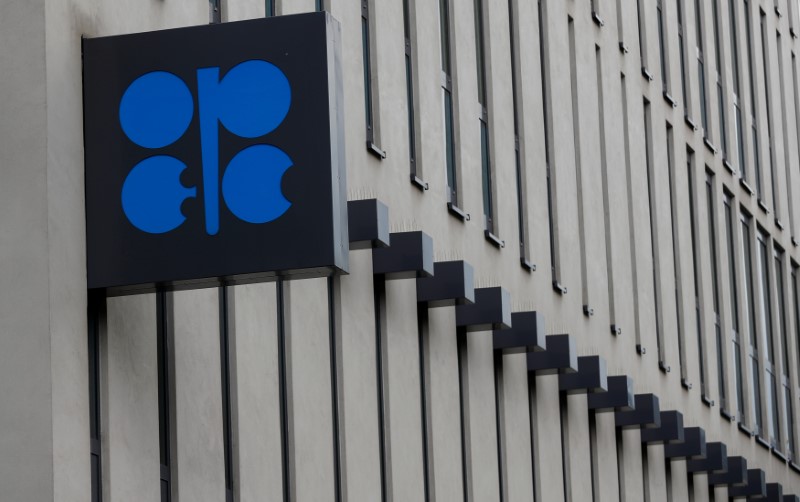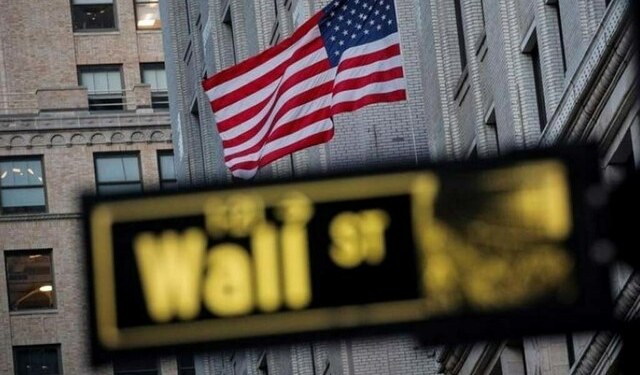 © Reuters. FILE PHOTO: The OPEC logo is pictured at its headquarters in Vienna
© Reuters. FILE PHOTO: The OPEC logo is pictured at its headquarters in ViennaBy Rania El Gamal and Alex Lawler
DUBAI/LONDON (Reuters) – Oil’s price rally this year to its highest since May 2015 may seem a source of glee for OPEC, but some in the producer group fear the gains could prompt shale companies to crank open their spigots and flood the market.
Benchmark rose further above $68 a barrel on Tuesday, supported by oil output cuts led by the Organization of the Petroleum Exporting Countries and allies including Russia that are due to run until the end of 2018.
The surge comes as a welcome boost for the revenues of oil-producing nations, many still reeling from a price collapse that started in mid-2014 when crude began to fall steeply from above $100 per barrel due to oversupply.
Some in OPEC are worried a prolonged rally could stimulate more U.S. shale oil output, however, creating more oversupply that could weigh on prices and market share.
“We all are excited about the rally and want to see if it will be sustainable during the year, as it will certainly whet the appetite of shale producers,” an official from an OPEC country said.
The oil minister of Iran, OPEC’s third-largest producer, said on Tuesday that the organization’s members were not keen on increased prices as such gains would encourage more shale production.
OPEC has no formal target for oil prices. However, Saudi Arabia, OPEC’s top producer, wants to see crude above $60 to boost the valuation of its national oil company Aramco before an initial public offering of shares this year and to reduce the gap in its state budget, Saudi sources have said.
OPEC sources say Saudi Arabia has become a strong advocate of higher prices, a shift from a more moderate stance in the past, and Saudi officials have downplayed the threat of a boost in shale production.
Even so, U.S. production is expected soon to rise above 10 million barrels per day, close to Saudi levels, due largely to soaring output from shale drillers, government data shows. [EIA/M]
OPEC officials also think the 2018 rally has been mainly driven by unrest in Iran, rather than a tighter balance between supply and demand, giving rise to concern it may not last.
“Oil prices rose because of the political situation in Iran,” an OPEC source said. “There is a worry now that this would be followed by a sharp decline in prices.”
A third OPEC source said market fundamentals did not justify the price rally.
“It is only politics that is changing the mood. The push in prices will mean the peak is near and hence prices will give up some of the gains.”
While OPEC sources say oil market fundamentals remain strong on the back of the supply cuts, others are worried that economic growth in consuming countries could slow and higher prices might encourage some producers to pump above their output target.
Fusion Media or anyone involved with Fusion Media will not accept any liability for loss or damage as a result of reliance on the information including data, quotes, charts and buy/sell signals contained within this website. Please be fully informed regarding the risks and costs associated with trading the financial markets, it is one of the riskiest investment forms possible.
Source: Investing.com




























